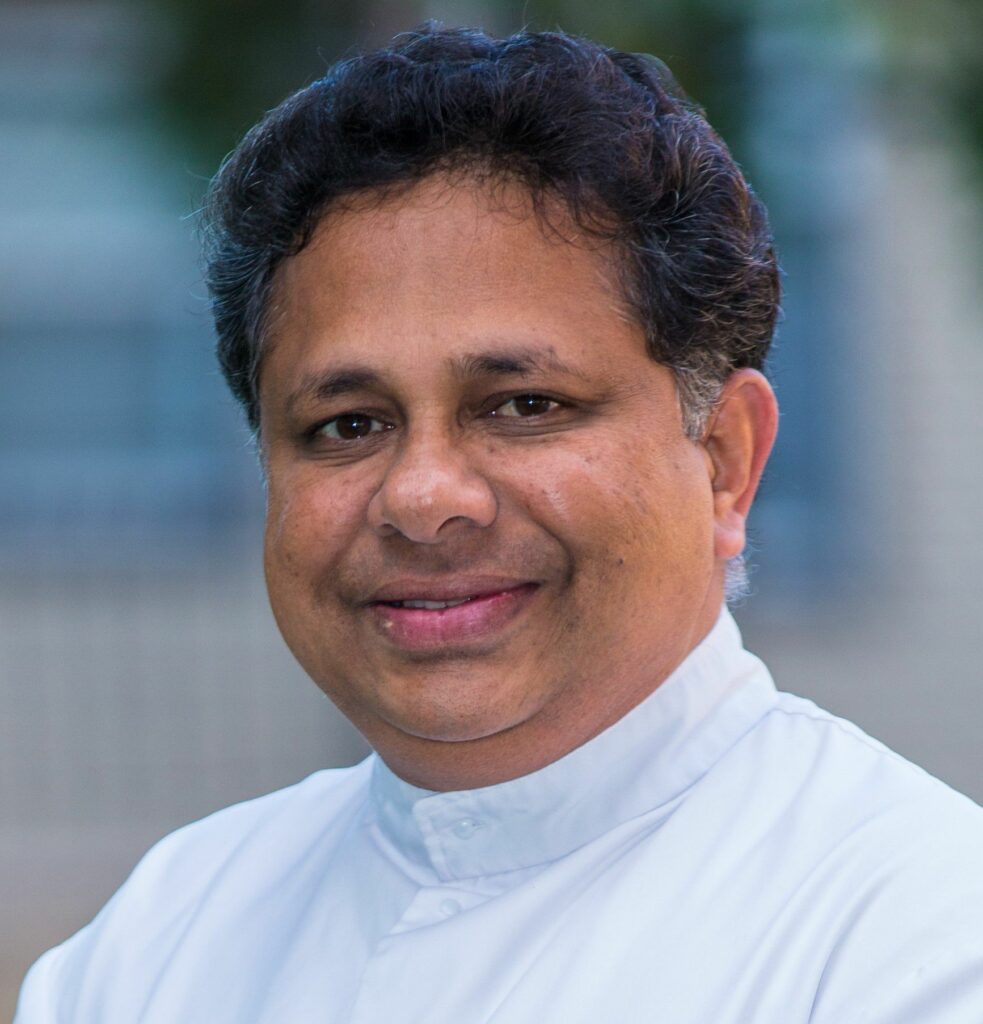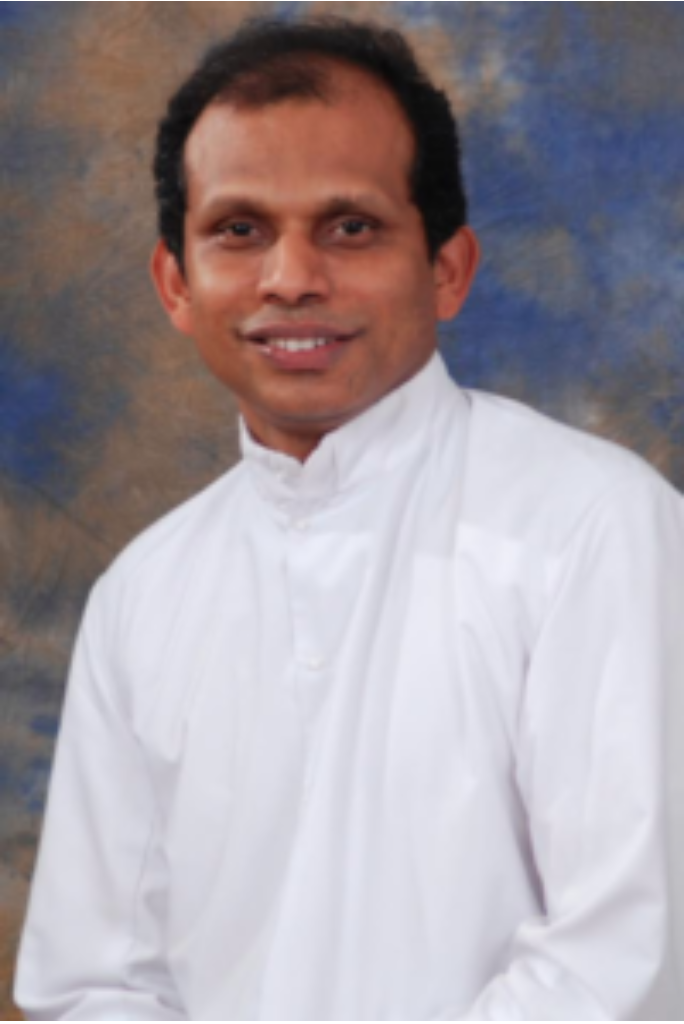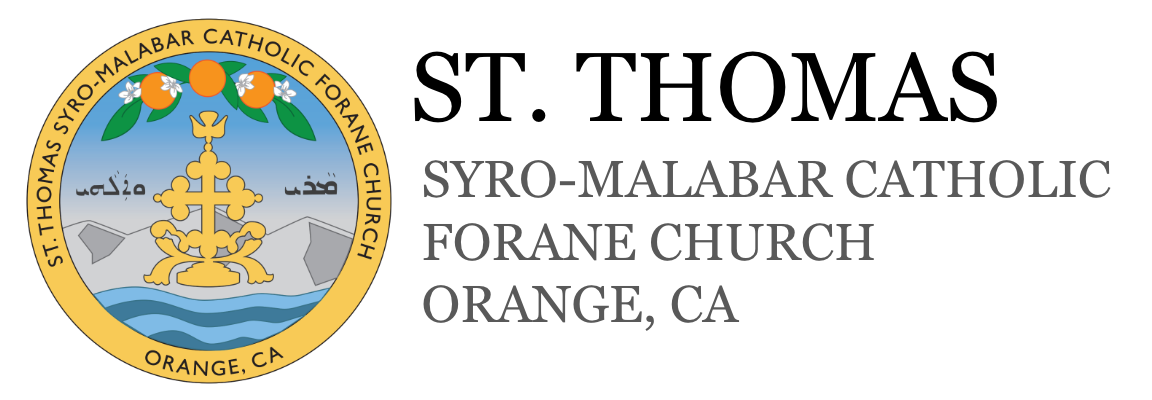
Fr. Jacob Christy Parambukattil
(Pastor)
I’d like to extend a warm welcome to you from the St. Thomas Syro-Malabar Catholic family. We are honored to have you with us today, whether you are visiting us for the first time or have chosen to call St. Thomas Syro-Malabar Church as your parish. We pray that the Lord will continue to bless you as you desire to serve Him!
History of our community:





St. Thomas Syro-Malabar Catholic Church in Santa Ana. Orange County, California, had its formal origin in 2001. The small Malayalee community started its formal parish life under the leadership of Rev. Dr. Dr. Jacob Kattackal at St. Martin De Pores Church at Yorba Linda, Orange. Bishop Todd Brown, the Bishop of Orange, encouraged the Eastern
Catholics with great love.
Later the venue of the gathering shifted from Yorba Linda to the chapel of St. Catherin School at Anaheim, from Easter Sunday 2001 to the end of August 2002. Meanwhile, the new diocese of Chicago was established on 13th March 2001 for the Syro-Malabar Catholics and Mar Jacob Angadiath was appointed the first Bishop of the new diocese in Americas.
The community in Orange bought a small church at Fullerton, Orange County; Bishop Todd Brown gave a generous loan for the purchase of this church. On 22nd August 2002, the first mass in Malayalam was offered at Fullerton. On 15th September 2002, the St. Thomas Syro-Malabar Catholic Church was solemnly blessed by Mar Jacob Angadiath.
The Parish was elevated to the Forane status on May 4th, 2014.
Vatican Council II on Eastern churches:
The second Vatican council has published sixteen constitutions, decrees and declarations. One among the decree is about the Oriental Catholics and its title is Orientalium Ecclesiarum, promulgated by Pope Paul VI on November 21, 1964, in Rome. This decree defines the Catholic Church as a communion of individual churches and the Latin Church is one among them. All these churches are equally entrusted to the pastoral guidance of Roman pontiff, who by God’s appointment is the successor to Blessed Peter in the primacy over the universal church. Therefore these churches are of equal rank so that none of them is superior to others because of its rite. The council states, “The Catholic Church values highly the institutions of the eastern churches, their liturgical rites, ecclesiastical traditions and their ordering of Christian life”
